
The Drip Alert? device is a supplementary intravenous drip monitoring system for the drip rate of fluids being administered, using an intravenous administration set.

The Drip Alert? device is a supplementary intravenous drip monitoring system for the drip rate of fluids being administered, using an intravenous administration set.

Millsboro, Del.—Intervet Inc. formed a new Companion Animal Business Team to expand its presence in the U.S. companion animal market segment.
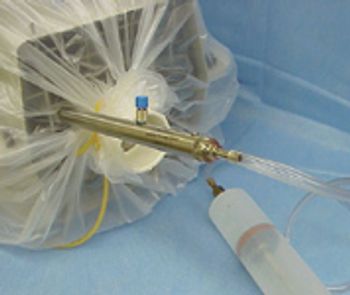
Jorgensen Laboratories, Inc. introduces the Vapor Wand, an anesthetic delivery system.

VetFx is a non-toxic wound care spray that kills pathogenic organisms that inhibit wound healing.

AFP Imaging announces a chairside darkroom for dental X-ray film processing.

Osborne Industries Inc. introduces a way to improve feed-to-grain ratio by reducing waste from spilled and spoiled feed with Big Wheel Feeders.
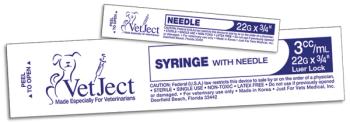
VetCare Veterinary Supplies introduces the new VetJect? hypodermic needles and syringes, designed for use by veterinarians.

Spectrum Surgical Instruments Corp. announces a new line of microsurgical instrument trays.
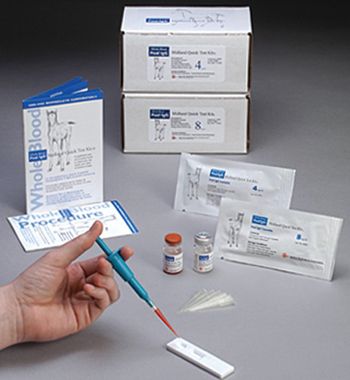
Midland BioProducts introduces a barn-side test for determining passive immunity in newborn foals.
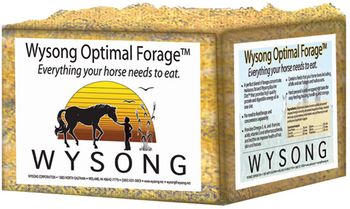
Wysong Corp.'s line of equine products, designed to mimic archetypal nutrition, now includes Optimal Forage?, an equine feed that incorporates a mix of forages, grains and nutraceutical concentrates as a balanced maintenance diet for an adult horse.
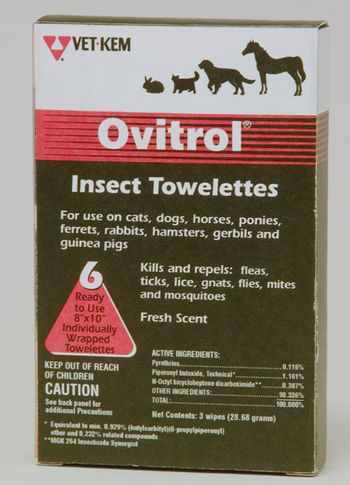
Vet-Kem Ovitrol Insect Towelettes offer a way to treat and prevent most insects from biting pets.

SurgiVet introduces the Pure-Guard? System—a passive gas evacuation system offering veterinarians and their staffs enhanced protection from dangerous waste anesthetic gases in clinics.

Pet King Brands introduces Zymox in three topical skin formulations.
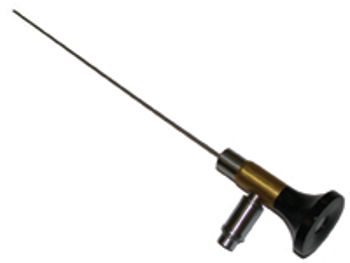
Securos introduces a new line of arthroscopy equipment including the smallest scopes available on the market.

EPS? Inc. introduces medication exchange bins for the handling of IV bags, bulk supply tubs for large, unwieldy items.
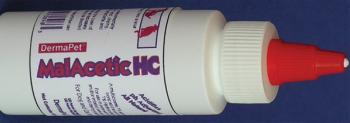
DermaPet is pleased to announce MalAcetic HC, another product in the MalAcetic line.
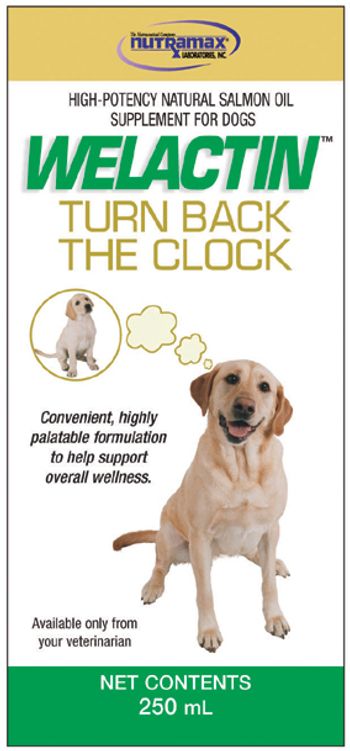
Nutramax Laboratories Inc. introduces Welactin? a proprietary salmon oil product designed to help support dogs' overall wellness during the aging process.

PetKnap introduces an alternative to plastic body bags and cardboard boxes for presenting a deceased pet to the owner.

Securos introduces a new line of surgical headlights, a product that includes fiber optic and solid-state sources.

ComePet Inc. has launched an e-pharmacy system for veterinarians, allowing them to become involved in Internet pet medication sales.

Cils introduces a print and seal label system for thermal transfer labels.

ImproMed Inc. introduces an instructional CD-ROM entitled "Integrating Infinity with www.ReminderCards.com".
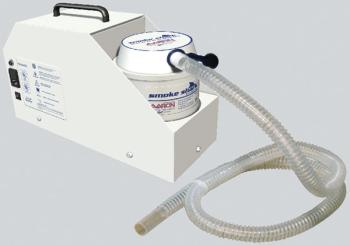
Jorgensen Laboratories Inc. introduces the Smoke Shark smoke evacuation system.

Virbac Animal Health announces C.E.T. Dental Reward?

Blackwell Publishing introduces "Fundamentals of Veterinary Clinical Neurology" by Rodney S. Bagley, DVM.
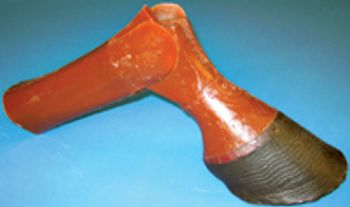
The Rescue Critters?manikin allows students to practice and perfect farrier skills without injury or possibility of laming a horse or using a cadaver limb.

MinXray announces a small animal/mixed animal practice X-ray system — the SA100/30+HF.

Westbrook, Maine—IDEXX Laboratories Inc.

Nature's Variety? enzyme-rich, fresh-food diets are critically important in pet neuromuscular development, skin health and coat quality, according to the company.